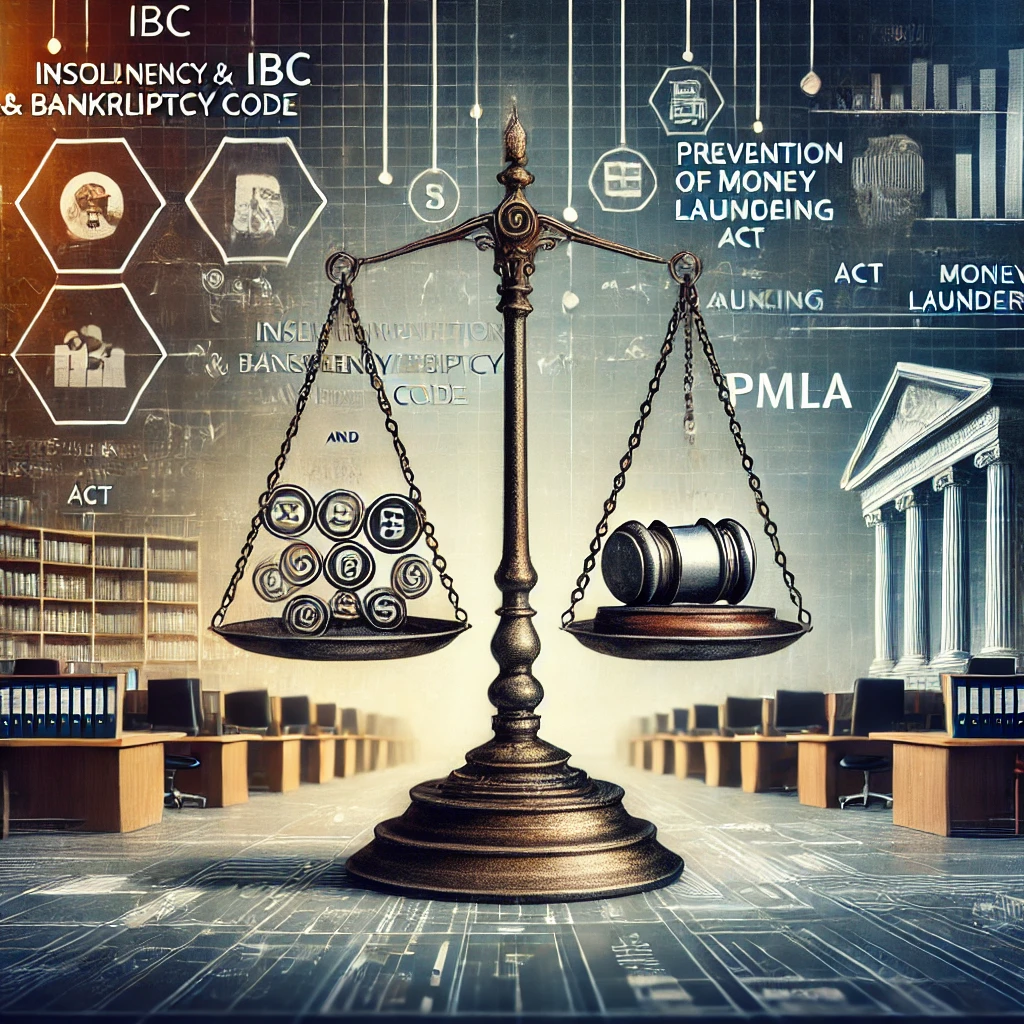Civil Procedure Code at Bangladesh
The Civil Procedure Code (CPC) of Bangladesh is a comprehensive legal framework that governs civil litigation in the country. It outlines the procedures for initiating, conducting, and resolving civil disputes in Bangladesh's courts. The CPC is designed to ensure that civil disputes are settled in a fair, efficient, and orderly manner, providing for the rights of both plaintiffs and defendants.
Here are the key aspects of the Civil Procedure Code of Bangladesh:
1. Jurisdiction and Competence:
The Civil Procedure Code defines the jurisdiction of various courts in Bangladesh, determining which court has the authority to hear specific types of civil cases. Jurisdiction can be based on factors like the location of the parties, the subject matter of the dispute, and the value of the claim.
The code also specifies the competence of the courts, such as the District Courts, Specialized Courts (e.g., Family Courts, Rent Tribunals), and the High Court Division of the Supreme Court.
2. Initiating a Civil Case:
A civil case in Bangladesh begins with the filing of a plaint (a formal written statement) in the appropriate court. The plaintiff (the person initiating the lawsuit) submits a document that includes:
The facts of the case.
The legal grounds for the claim.
The remedy being sought (e.g., compensation, injunction).
The defendant (the party being sued) is then served with a summons to respond to the case. They must file a written statement (defense) within a specified time.
3. Court Procedure:
Preliminary Hearing: Once a plaint is filed, the court schedules a preliminary hearing to determine whether the case is properly constituted and to decide on the next steps.
Written Evidence and Oral Hearings: In most civil cases, the parties will submit written evidence (e.g., documents) in support of their claims. The court will then hold hearings where the parties can present oral arguments and cross-examine witnesses.
The court will direct the parties to submit further evidence or clarification if necessary, and may also appoint court-appointed experts for specialized advice in certain cases.
4. Evidence:
The burden of proof in civil cases rests with the plaintiff. The plaintiff must prove the facts of the case to the court with evidence such as documents, contracts, testimony from witnesses, or expert opinions.
The defendant may introduce rebuttal evidence and challenge the plaintiff's case. Both parties have the right to present evidence in support of their claims.
The judge evaluates the evidence in line with established rules and determines the case based on the facts, law, and evidence presented.
5. Judgments and Orders:
After considering the arguments and evidence, the court issues a judgment that resolves the dispute. The judgment outlines the findings of the court and the remedies granted to the prevailing party.
The court can order various remedies, such as:
Payment of damages or compensation.
Specific performance (e.g., enforcing a contract).
Injunctions (e.g., orders to stop a particular action).
Other remedies based on the type of case.
The judgment will also specify whether the losing party must pay court costs or attorney's fees.
6. Appeals:
Parties dissatisfied with the judgment of a lower court have the right to appeal to a higher court, typically the Appellate Division of the Supreme Court of Bangladesh.
The appeal can be based on legal grounds such as errors in applying the law, procedural mistakes, or factual errors.
The appellate court has the authority to review the case, affirm, amend, or reverse the decision of the lower court.
7. Execution of Decrees:
Once a judgment is issued, it needs to be enforced. The winning party can request the court to issue a decree for enforcement if the losing party refuses to comply voluntarily.
Enforcement can include:
Seizure of assets.
Attachment of bank accounts or other property.
Wage garnishment or other financial actions to ensure compliance with the judgment.
The Execution Court (a separate body) handles the enforcement process, and the court may appoint bailiffs or other officials to carry out the enforcement actions.
8. Limitation Period (Prescription):
The Civil Procedure Code sets out the limitation periods within which a claim must be filed. If a party does not file their case within the prescribed period, the case can be barred or dismissed.
The limitation period varies depending on the nature of the claim, such as contract disputes, tort claims, and property disputes.
9. Interim Relief and Injunctions:
In certain cases, the court can grant interim relief, such as an injunction, before the final judgment is made. This can prevent harm to the parties while the case is pending, such as stopping the defendant from selling property or continuing harmful actions.
Interim orders are temporary, and the court will review them as the case progresses.
10. Alternative Dispute Resolution (ADR):
The Civil Procedure Code encourages the use of alternative dispute resolution (ADR) mechanisms such as mediation, conciliation, and arbitration.
ADR provides a way for parties to resolve disputes outside the court system, often in a quicker and more cost-effective manner.
11. Family and Specialized Courts:
In addition to general civil courts, Bangladesh has family courts for issues related to marriage, divorce, custody, and other family matters.
Specialized courts, such as the Labour Court and Land Tribunal, also exist to handle specific types of civil disputes.
12. Legal Reforms and Modernization:
Bangladesh has been working to modernize its legal system, including reforms to streamline civil litigation procedures. The goal is to reduce delays, improve access to justice, and enhance the efficiency of the courts.
The government has introduced e-filing and digital case management systems to modernize the judicial process.
Conclusion:
The Civil Procedure Code of Bangladesh provides a detailed and structured framework for the resolution of civil disputes. It ensures that parties have access to justice by outlining procedures for initiating a case, presenting evidence, obtaining a judgment, and enforcing that judgment. The system also provides for appeals and encourages alternative dispute resolution methods.





























0 comments